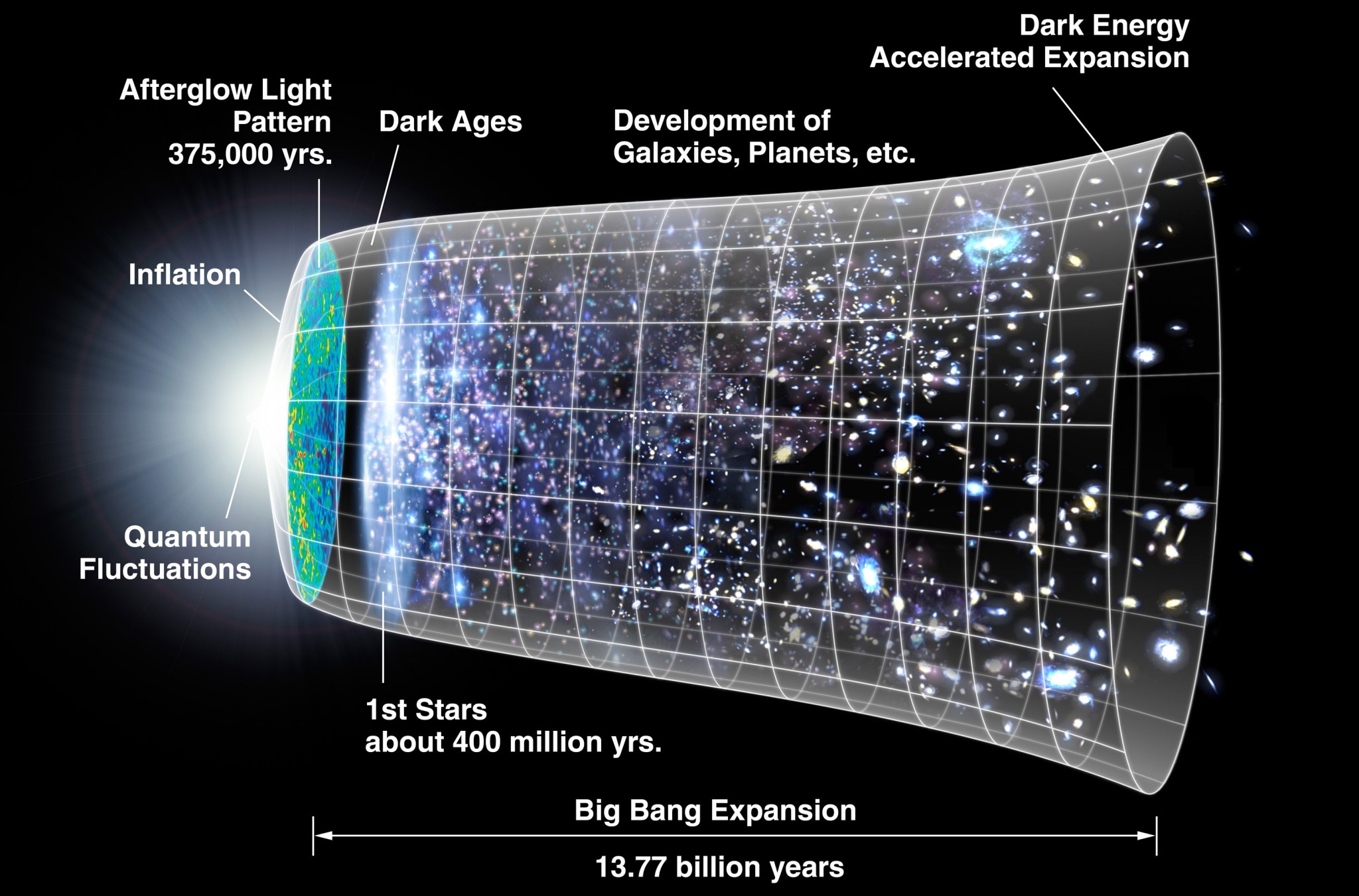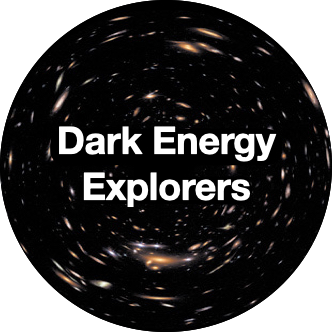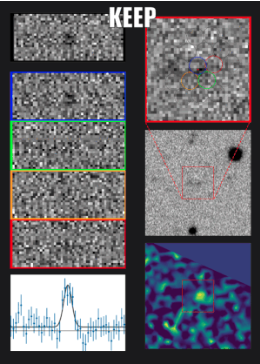Dark Energy Explorers
Help illuminate the mystery of dark energy - the unknown force that is driving galaxies away from one another!
Dark Energy Explorers are creating the largest and most detailed map yet of galaxies in the early universe. They need your help to identify the faint, ancient, distant galaxies they want to include on the map. Your eyes are better for this task than any software yet developed! The resulting map will be compared to nearby galaxies to reveal how dark energy has influenced our universe through time.
ages
18 and up
division
Astrophysics
where
Online
launched
2023
What you'll do
- Learn how to identify distant galaxies and black holes in spectral lines and images collected by the giant Hobby-Eberly telescope.
- Connect with other dark energy enthusiasts through the project Talk forum.
Requirements
- Time to get started: 5-15 minutes to complete the tutorial.
- Equipment: Web-connected device.
- Knowledge: None. In project tutorial provides all instruction needed.
Get started!
- Visit the project website.
- Click on the “Classify” tab in the upper right.
- Complete the project tutorial.
- Start looking for ancient galaxies and black holes!
Learn More
To learn more about the science, visit the project’s About page. You can also visit the Hobby-Eberle Telescope Experiment website to learn more about dark energy and the efforts underway to understand it.
The Dark Energy Explorers YouTube Channel offers even more information from the science team: https://www.youtube.com/@DarkEnergyExplorers.

Get to know the Dark Energy Explorers!

































